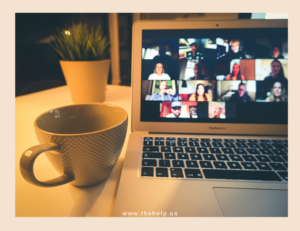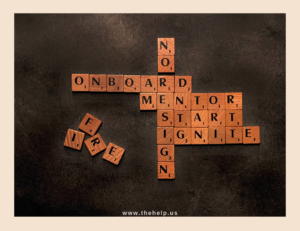
Video conferencing tools have become an essential part of our professional lives. Despite the return to physical workplaces, video conferencing continues to flourish, offering a lot of benefits that make it a preferred communication method for individuals and businesses alike. Why do video conferencing tools remain popular and how do they support the increasingly diverse and distributed workforce of today?
1. Embracing Remote and Contingent Workers:
One of the primary factors driving the continued popularity of video conferencing tools is the expansion of remote and contingent workforces. Many companies have recognized the advantages of hiring individuals who work remotely or on a contingent basis. According to a recent study conducted by Global Workplace Analytics, 80% of the US workforce reports that they would like to work remotely at least part of the time. Video conferencing tools enable seamless communication and collaboration between in-house teams and remote workers, ensuring that everyone remains connected, engaged, and productive.
2. Flexibility and Convenience:
Video conferencing offers unparalleled flexibility and convenience, making it an attractive option even when physical workplace interactions are possible. It eliminates the need for commuting, saving valuable time and reducing stress. A survey conducted by Owl Labs found that 77% of remote workers save between 1 and 3 hours per day by not commuting. This newfound flexibility allows individuals to achieve a better work-life balance and focus on their priorities.
3. Enhanced Collaboration and Productivity:
Contrary to popular belief, video conferencing can foster collaboration and productivity in ways that traditional in-person meetings cannot. With the right tools and techniques, virtual meetings can be highly engaging, with features like screen sharing, virtual whiteboards, and real-time document collaboration. A study conducted by Harvard Business Review revealed that virtual teams who communicate through video conferencing are more likely to build trust, achieve goals, and feel engaged than those who rely solely on audio or email communication.
4. Cost and Environmental Benefits:
Video conferencing tools offer significant cost savings for businesses. Companies can reduce expenses associated with travel, accommodation, and other related costs, allowing them to allocate resources more efficiently. Additionally, video conferencing helps minimize the carbon footprint associated with commuting and business travel. According to a report by Lifesize, the average business trip generates over 500 pounds of CO2 emissions, making video conferencing an environmentally-friendly alternative.
Tips for Effective Video Conferencing:
- Ensure a stable internet connection and use a high-quality webcam and microphone.
- Choose a suitable location with good lighting and minimal background noise.
- Dress professionally, just as you would for an in-person meeting.
- Engage participants by using visual aids, sharing screens, and encouraging active participation.
- Be mindful of time zones and schedule meetings at convenient times for all participants.
- Follow video conferencing etiquette, such as muting your microphone when not speaking and being attentive to others’ contributions.
- In conclusion, video conferencing tools have cemented their popularity and relevance in the professional world, even as physical workplaces regain their footing. The ability to connect and collaborate effortlessly, regardless of geographical location, has become indispensable. As companies increasingly embrace remote and contingent workers, video conferencing will continue to play a vital role in enabling seamless communication, fostering collaboration, and boosting productivity.
Let’s embrace the power of video conferencing and make the most of the opportunities it provides, whether we are working from the office or the comfort of our homes.
What is your preferred video conferencing tool and why? Share your thoughts with us in the comments. Remember to work smart and be a blessing to someone today. Stay safe and healthy!
Written by Jaie O. TheHelp



